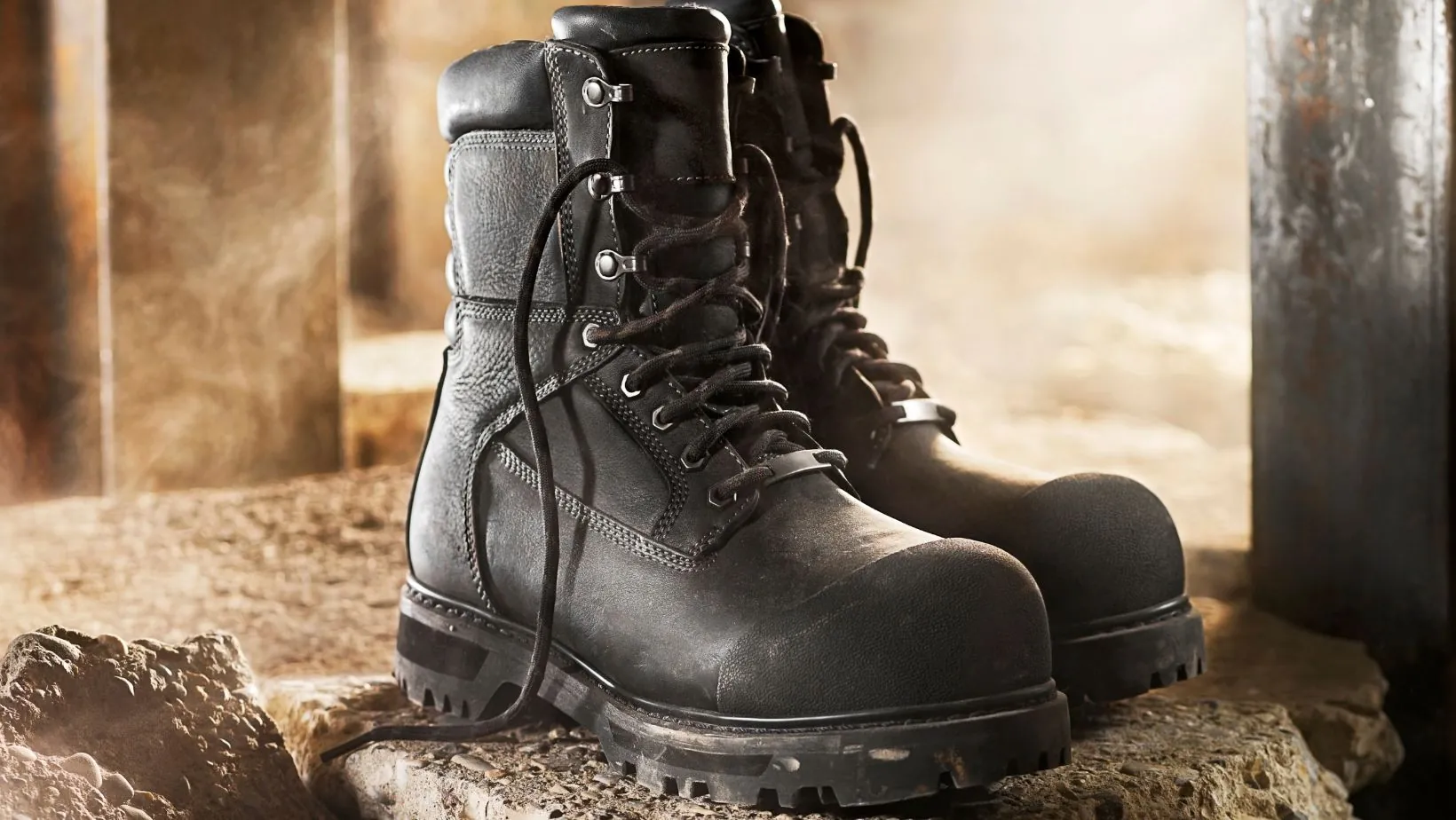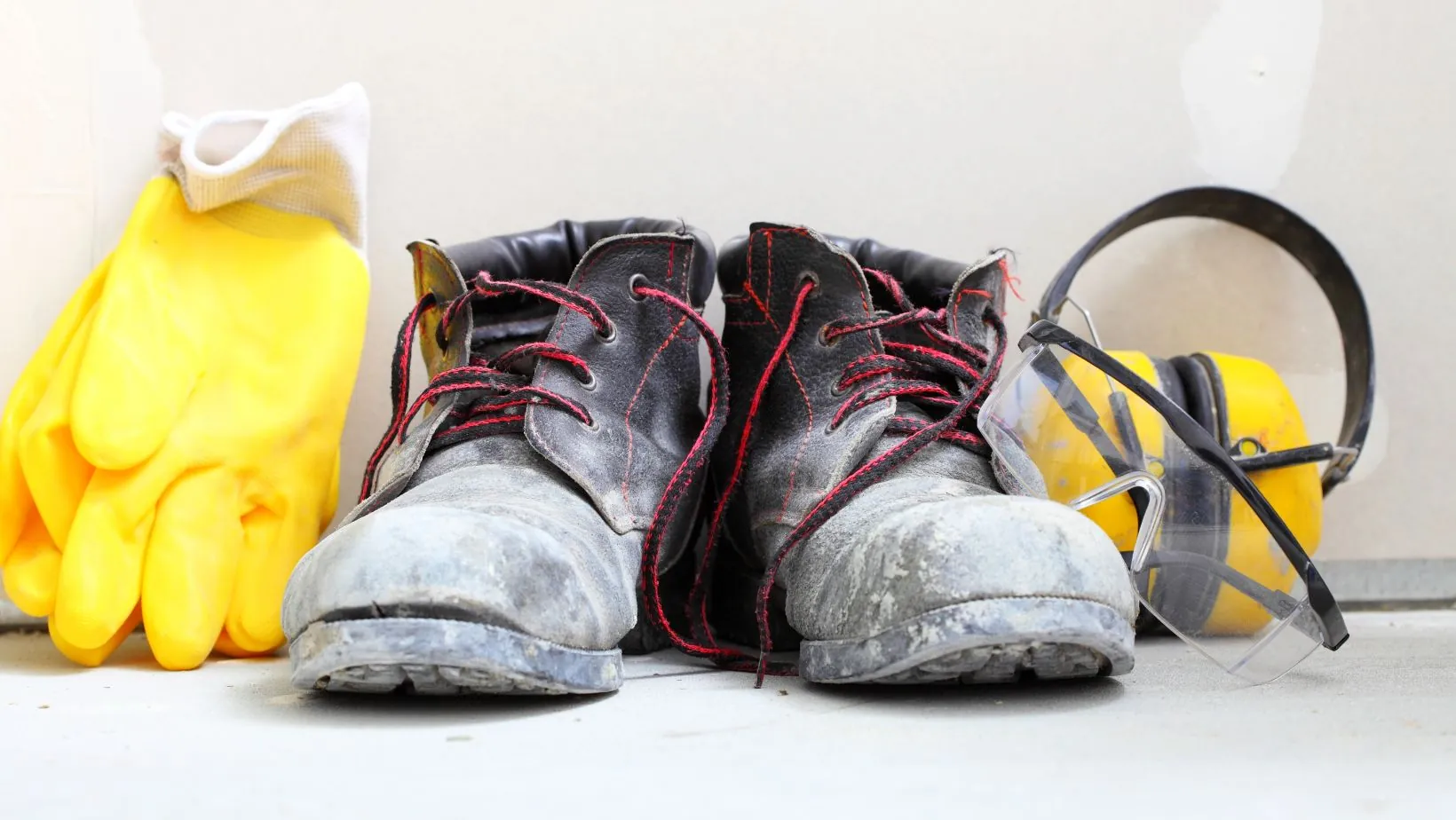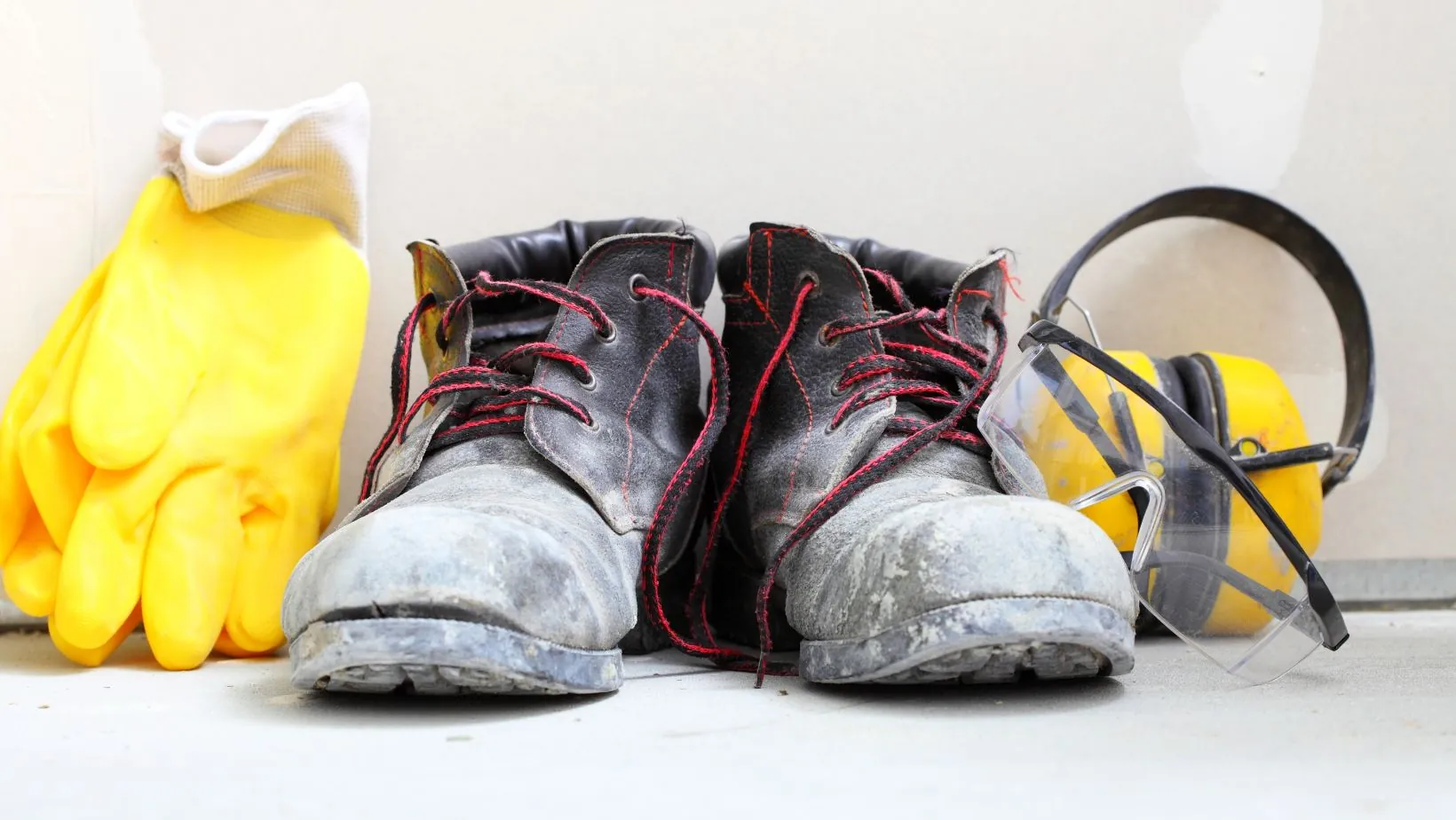
Work Boots 101: Essential Features to Look For Before Purchasing
Selecting the right boots involves finding a pair that satisfies both safety and comfort requirements. Work boots are more than just fashionable; they serve as essential personal protective gear designed to ensure the safety and support of your feet throughout your working day.
Whether you’re working on a construction site, in a warehouse, or in any environment where foot protection is essential, understanding what features to look for in a work boot can make a significant difference. Here’s a comprehensive guide to help you choose the best Work Boots for your needs.
Safety Standards and Certifications
Ensure, first and foremost, that the work boots you select comply with industry safety standards. These standards are established by various organizations, such as:
- In the United States, work boots are frequently required to comply with ASTM (American Society for Testing and Materials) standards for impact and compression resistance. If you’re in the U.S. or operating under comparable regulations, make sure to opt for boots that are ASTM-certified.
- The International Organization for Standardization (ISO) standards may be applicable in countries outside the U.S. If you’re not in the U.S., it’s recommended to check for ISO certifications.
Boots should also have certifications for slip resistance, electrical hazard protection, and puncture resistance, depending on your specific work environment.
Material Quality
Various materials are used in the construction of work boots, each providing unique advantages. Some of the common materials used include:
- Full-grain leather, known for its durability, breathability, and superior protection, is the most frequently used material in the production of high-quality work boots.
- Modern Synthetic Materials: These materials can provide options that are lightweight, waterproof, and breathable. They might also offer increased flexibility and a faster break-in period.
- Rubber is frequently utilized for shoe soles due to its exceptional slip resistance and durability, particularly in damp conditions.
Select a material that meets the specific requirements of your job and adapts to the environmental conditions.
Comfort and Fit
It’s crucial to prioritize comfort in work boots as you’ll probably be standing for extended periods. Important elements to take into account include:
- Make sure the boots fit securely but aren’t too tight. Your toes should have wiggle room, but your heel shouldn’t lift too much.
- Arch Support: To avoid foot pain and fatigue, ensure your boots have excellent arch support. They should either have it built-in or be able to fit orthotic insoles.
- A well-padded insole which can absorb shock and lessen impact is referred to as cushioning. This is especially crucial if you are working on hard surfaces.
- Breathability: Boots that feature breathable linings can help maintain dry and comfortable feet, thereby decreasing the possibility of blisters and fungal infections.
Toe Protection
Toe protection may be crucial depending on the type of work you do.


Common types include:
- Steel Toe: Offers superior protection against heavy impacts and compression. Perfect for settings where heavy objects could potentially fall.
- Composite Toe: Composed of materials such as Kevlar or carbon fiber, composite toes are both lighter and non-metallic compared to steel. This makes them advantageous for areas that are sensitive to security.
- Aluminum Toe: Provides a lighter option to steel-toe boots while maintaining comparable protective features.
Slip Resistance
Ensuring safety is vital, and to prevent falls and injuries, it’s crucial to choose boots with slip-resistant soles. The boots should have:
- Deep and aggressive patterns on treads offer enhanced grip on different surfaces.
- Material: The use of rubber or specialized slip-resistant compounds improves grip, particularly on wet or oily surfaces.
Waterproofing
Working in wet conditions necessitates waterproof boots. Look for these features:
- Look for boots featuring a waterproof membrane, such as Gore-Tex, that permits moisture to evaporate while preventing water infiltration.
- Sealed Seams Boots: These boots have sealed seams that stop water from penetrating through the stitches.
Durability
Your work boots should be durable enough to endure the tough conditions of your job.


Check for:
- Toes and Heels Reinforced: The boots’ longevity is boosted with reinforcements in areas prone to high wear.
- Construction Quality: Seek boots with robust stitching and resilient soles to guarantee they can withstand harsh conditions.
Additional Features
Additional features may be beneficial depending on your specific needs:
- Insulation: Boots with thermal insulation are ideal for cold environments, as they will keep your feet warm.
- Protection from Electrical Hazards: Crucial for electricians or individuals working near live wires.
- Metatarsal Guards: Offer extra protection for the upper part of your feet.
Conclusion
Choosing the right work boots requires you to consider various elements to guarantee safety, comfort, and longevity. Concentrating on safety standards, the quality of the material, comfort and fitting, toe safeguarding, slip resistance, water resistance, and durability will enable you to make a knowledgeable choice that will enhance your job performance and comfort. Purchasing top-quality work boots not only safeguards your feet but also improves your overall health at work.
Work Boots 101: Essential Features to Look For Before Purchasing



